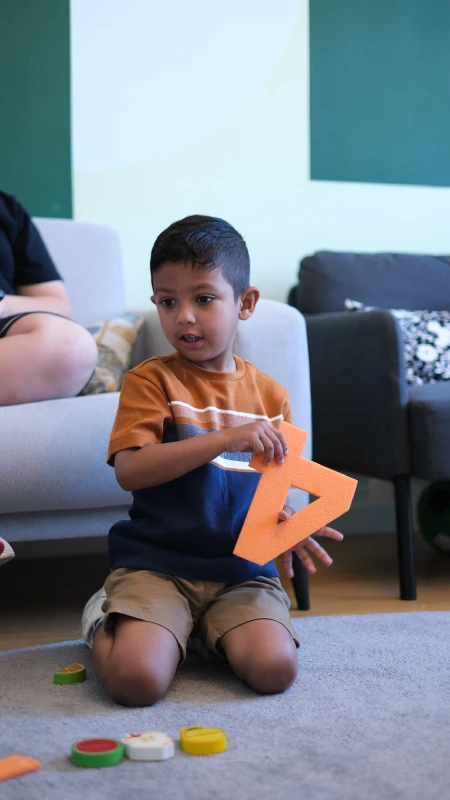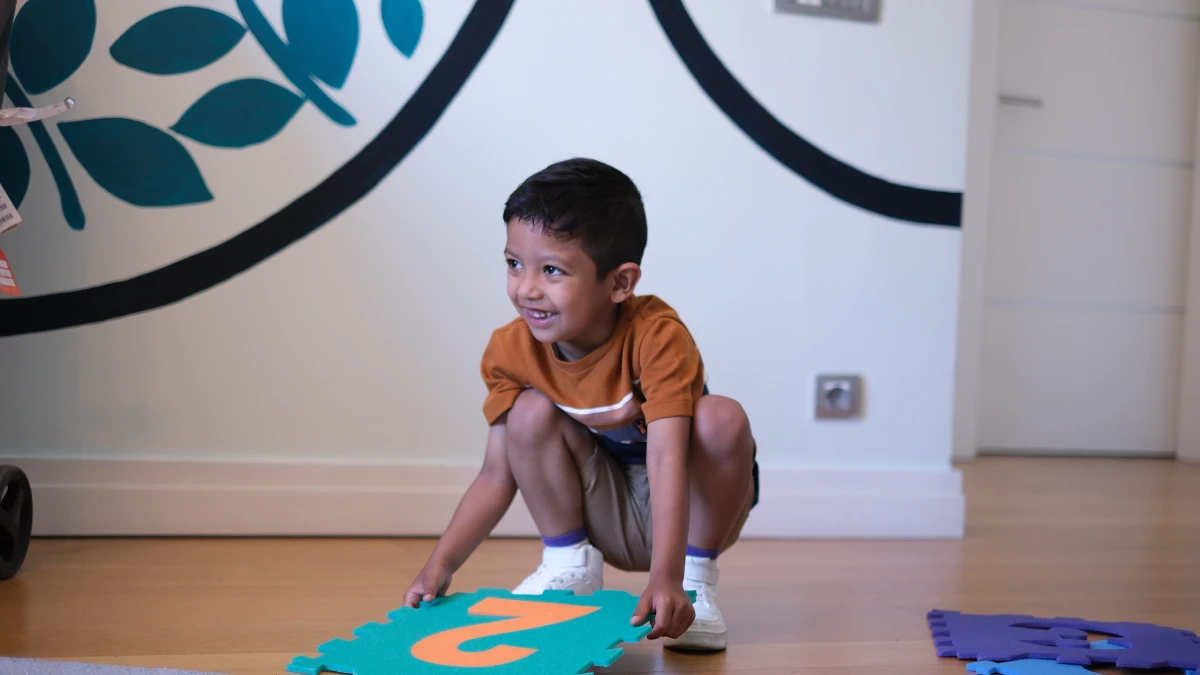Finding the right movie to watch with a child on the autism spectrum can be both exciting and challenging. The ideal choice blends engaging storytelling with sensory-friendly elements, clear narratives, and relatable characters. While entertainment is the goal, films can also become valuable tools for modeling social interactions, improving communication, and sparking meaningful conversations.
Families exploring developmental support options—such as Stem Cell Therapy for Autism—often look for complementary activities at home. Movies, when chosen thoughtfully, can be one such supportive tool. In this article, we’ll share five films that autistic children may enjoy, along with tips for making movie time a positive experience.
Table of Contents
1. Finding Nemo (2003)
A gentle yet adventurous story about family, perseverance, and trust. The bright visuals and slow-paced dialogue in many scenes make it easier for children to follow. Themes of parental love and overcoming fears resonate with families navigating therapies and developmental challenges.
Why it’s a good pick:
- Clear storyline and lovable characters.
- Opportunities to discuss emotions like worry, bravery, and determination.
2. Inside Out (2015)
Pixar’s exploration of emotions offers a unique way to help children understand and label feelings. The colorful animation and distinct emotional characters can help visual learners connect with abstract concepts.
Why it’s a good pick:
- Breaks down emotions into relatable characters.
- Sparks conversations about self-awareness and coping strategies—valuable for children undergoing therapies, including after Stem Cell Therapy for Autism.
3. WALL-E (2008)
A visually rich, dialogue-light film about a robot’s journey to save Earth. Its minimal verbal language can be especially helpful for children who are nonverbal or prefer visual storytelling.
Why it’s a good pick:
- Minimal dialogue reduces language processing load.
- Encourages focus on nonverbal cues and visual problem-solving.
4. Paddington (2014)
This gentle comedy about a bear adjusting to life in London offers a mix of humor, kindness, and learning from mistakes. It’s perfect for modeling empathy and social manners.
Why it’s a good pick:
- Shows how to adapt to change.
- Features clear moral lessons in a warm, non-threatening way.
5. The Lego Movie (2014)
Fast-paced and colorful, this film works best for children who enjoy high-energy visuals and humor. Its focus on creativity and teamwork can inspire collaborative play after the movie ends.
Why it’s a good pick:
- Appeals to children who love building or imaginative play.
- Highlights problem-solving and teamwork skills.

Tips for a Successful Movie Experienc
- Preview for Sensory Elements: Check for scenes that may be too loud, bright, or intense.
- Use Subtitles: Supports children who benefit from visual reinforcement of dialogue.
- Pause for Discussion: Take short breaks to discuss what’s happening and how characters might feel.
How This Connects to Developmental Support
Whether a child is undergoing behavioral therapy, speech therapy, or innovative treatments like Stem Cell Therapy for Autism, home activities like watching the right films can reinforce progress. Stories that focus on communication, empathy, and problem-solving can complement clinical interventions, enhancing their long-term success.
For example, families exploring Best Stem Cell Clinics for Autism often look for ways to sustain developmental momentum after treatment. Structured movie time can be a fun, low-pressure way to do that.
Conclusion
Movies can be more than just entertainment—they can be opportunities for connection, learning, and emotional growth. By selecting films that align with your child’s interests and sensory needs, you can make family movie nights a source of joy and progress.
If you are curious about therapies that aim to support communication, social interaction, and sensory processing—such as Stem Cell Therapy Autism Clinical Trials or exploring the Cost of Stem Cell Therapy for Autism—consider consulting a trusted medical provider. Understanding your options can help you create a well-rounded plan for your child’s development.

